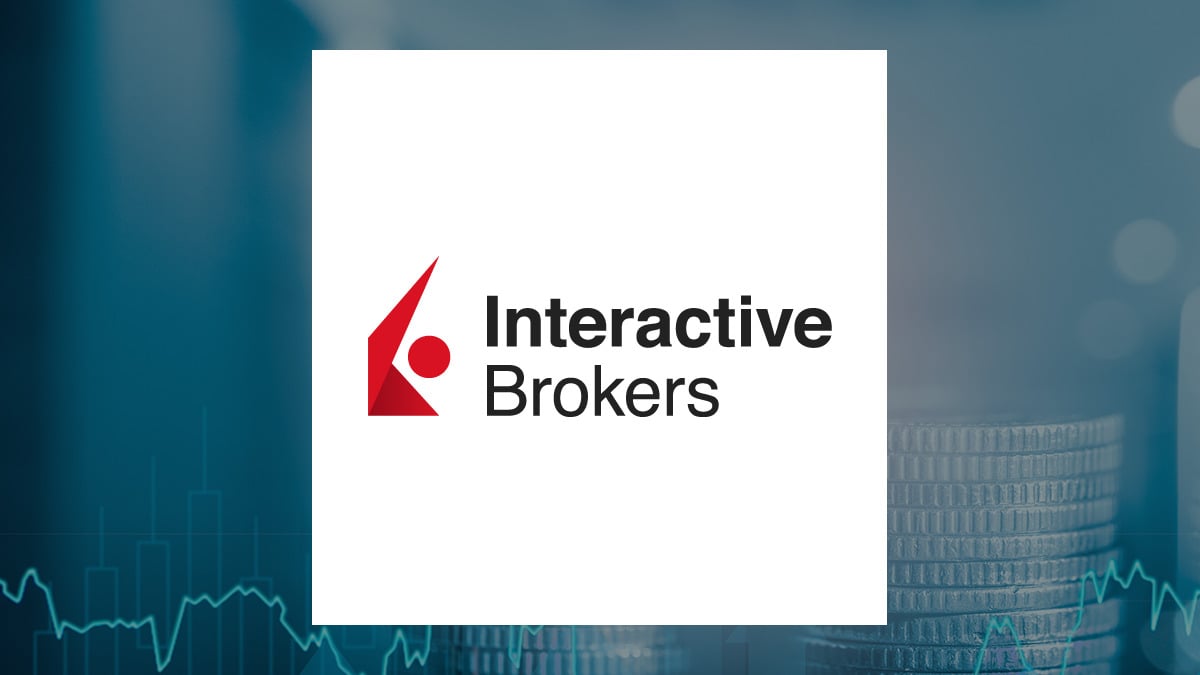
IBKR
Interactive Brokers Group, Inc.
$63.42
-1.6
(-2.45%)
| Exchange: | |
| Market Cap: | 109.562B |
| Shares Outstanding: | 40.019M |
About The Company
| Sector: | Financial Services | |||||
| Industry: | Investment – Banking & Investment Services | |||||
| CEO: | Milan Galik | |||||
| Full Time Employees: | 3027 | |||||
| Address: |
|
|||||
| Website: | https://www.interactivebrokers.com |
Interactive Brokers Group, Inc. operates as an automated electronic broker in the United States and internationally. The company engages in the execution, clearance, and settlement of trades in stocks, options, futures, foreign exchange instruments, bonds, mutual funds, exchange traded funds (ETFs), precious metals, and cryptocurrencies. It also offers custody and service accounts for hedge and mutual funds, ETFs, registered investment advisors, proprietary trading groups, introducing brokers, and individual investors. In addition, the company provides custody, prime brokerage, securities, and margin lending services. It serves institutional and individual customers through electronic exchanges and market centers. Interactive Brokers Group, Inc. was founded in 1977 and is headquartered in Greenwich, Connecticut.
Click to read more…
Revenue Segmentation
EPS
Earnings Call
Income Statement
(* All numbers are in thousands)
Balance Sheet
(* All numbers are in thousands)
Cash Flow Statement
(* All numbers are in thousands)
Analyst Estimates
(* All numbers are in thousands)







